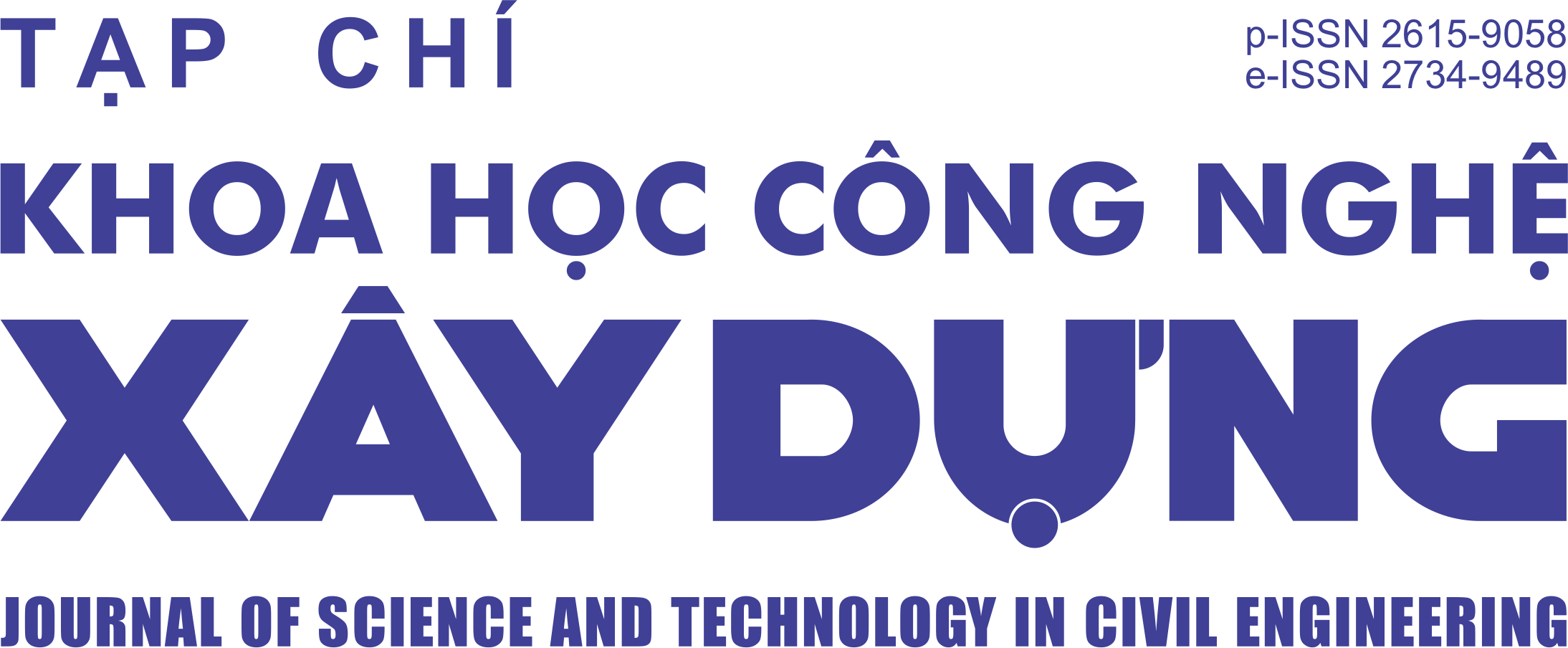Gentrifications in Hanoi city inner: Characteristics, causes and solutions
Abstract
Strong urbanization and enormous pressures of urban living and livelihoods have led to different development trends. A portion of urban residents choose to settle in the periphery to enjoy more quality living standard while suffering more mobility cost for work. Meanwhile, the others have decided to redevelop in the city inner to take advantage the available infrastructure, which leads the trend for revitalization. This later transition will be discussed in the paper and identified as "gentrification" process with both physical, economic and social changes. The "purification" of lifestyles and people in the given area during this process is a noteworthy point. The paper analyzes the characteristics, causes and solutions of gentrification in Hanoi historic inner under the local urban development context.
Article history: Received 19 March 2018, Revised 27 March 2018, Accepted 27 April 2018
Downloads
References
Steinberg, F. (2011). Revitalization of historic inner-city areas in Asia: Urban renewal potentials in Jakarta, Hanoi and Manila. ICOMOS.
Zuk, M., Bierbaum, A. H., Chapple, K., Gorska, K., Loukaitou-Sideris, A., Ong, P., and Thomas, T. (2015). Gentrification, displacement and the role of public investment: a literature review. In Federal Reserve Bank of San Francisco.
Glass, R. (1964). London. Aspects of change. Londres?: MacGibbon and Kee. University College, Center for Urban Studies.
Clark, E. (2005). The order and simplicity of gentrification: a political challenge. Gentrification in a Global Context: The New Urban Colonialism, 261–269.
Yip, N. M. and Tran, H. A. (2016). Is gentrificationan analytically useful concept for Vietnam? A case study of Hanoi. Urban Studies, 53(3):490–505.
Holcomb, H. B. and Beauregard, R. A. (1981). Revitalizing Cities. Pennsylvania: Commercial Printing, Inc.
Toan, T. T. (2003). Scientific research report prepared for the relocation project of the Ancient Quarter. General report on scientific research topics. (in Vietnamese).
Waibel, M. (2002). Saving the vitality of the Ancient Quarter of Hanoi? Some findings from the Socioeconomic View of a geographer. In Unpublished Working Paper, presented at Goethe-Institut Hanoi, International Symposium on “Urban Conservation–A comparative View of South East Asia”, 243–261.
Quang, N. and Kammeier, H. D. (2002). Changes in the political economy of Vietnam and their impacts on the built environment of Hanoi. Cities, 19(6):373–388.
Cerise, E. (2009). Fabrication de la ville de Hanoi entre planification et pratiques habitantes: conception, production et r´eception des formes bˆaties. PhD thesis, Paris 8.
Michael,W. (2015). Hanoi: CAPITAL City. Fotobuch/Photo Book. 1. Auflage. Fine Art Publishing House, Hanoi, Vietnam.
Nhu, T. D. (2017). Urbanization and Urban architectural heritage preservation in Hanoi: the participation of community? PhD thesis, University of Pantheon-Sorbonne Paris 1, Paris.
Hanoi Statistical Office (2005). Hanoi Statistical Yearbook 2004. General Statistics Office, Hanoi.
People’s Committee of Hanoi (2017). Population size and area of 30 districts of Hanoi.
General Statistics Office of Vietnam (2000). Statistical Yearbook 1975-2000. General Statistics Office, Hanoi.
Leducq, D. and Scarwell, H. J. (2018). The new Hanoi: Opportunities and challenges for future urban development. Cities, 72:70–81.
Kato, H. and Nguyen, L. H. (2010). Land policy and property price in Hanoi, Vietnam. Journal of the Eastern Asia Society for Transportation Studies, 8:1011–1026.
Phe, H. H. (2002). Investment in residential property: taxonomy of home improvers in Central Hanoi. Habitat International, 26(4):471–486.
Tung, P. D. (2014). The anthropological aspect of relocation story of the Ancient Quarter.
Tung, P. D. (2014). Lessons from the history of urban sociology on Ancient Quarter preservation in Hanoi.
1. The Author assigns all copyright in and to the article (the Work) to the Journal of Science and Technology in Civil Engineering (JSTCE) – Hanoi University of Civil Engineering (HUCE), including the right to publish, republish, transmit, sell and distribute the Work in whole or in part in electronic and print editions of the Journal, in all media of expression now known or later developed.
2. By this assignment of copyright to the JSTCE, reproduction, posting, transmission, distribution or other use of the Work in whole or in part in any medium by the Author requires a full citation to the Journal, suitable in form and content as follows: title of article, authors’ names, journal title, volume, issue, year, copyright owner as specified in the Journal, DOI number. Links to the final article published on the website of the Journal are encouraged.
3. The Author and the company/employer agree that any and all copies of the final published version of the Work or any part thereof distributed or posted by them in print or electronic format as permitted herein will include the notice of copyright as stipulated in the Journal and a full citation to the Journal as published on the website.







